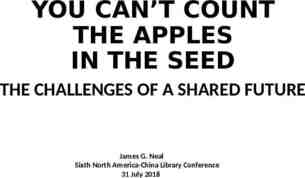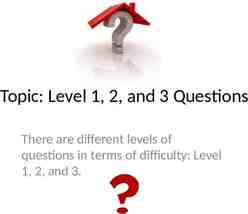CHAPTER 4 Data and Knowledge Management
50 Slides4.29 MB
CHAPTER 4 Data and Knowledge Management
CHAPTER OUTLINE 4.1 Managing Data 4.2 The Database Approach 4.3 Database Management Systems 4.4 Data Warehousing 4.5 Data Governance 4.6 Knowledge Management
LEARNING OBJECTIVES Recognize the importance of data, issues involved in managing data and their lifecycle. Describe the sources of data and explain how data are collected. Explain the advantages of the database approach.
Learning Objectives (continued) Explain the operation of data warehousing and its role in decision support. Explain data governance and how it helps to produce high-quality data. Define knowledge, and describe different types of knowledge.
Chapter Opening Case Your digital shadow
Annual Flood of New Data!
Examples of Data Sources Credit card swipes RFID tags Digital video surveillance Blogs E-mails Radiology scans
4.1 Managing Data Difficulties in Managing Data Amount of data increases exponentially. Data are scattered and collected by many individuals using various methods and devices. Data come from many sources. Data security, quality and integrity are critical.
Difficulties in Managing Data (continued) An ever-increasing amount of data needs to be considered in making organizational decisions. The Data Deluge
Data Life Cycle (Figure 4.1)
Data, Information, Knowledge, Wisdom
4.2 The Database Approach Database management system (DBMS) provides all users with access to all the data. DBMSs minimize the following problems: Data redundancy Data isolation Data inconsistency
Database Approach (continued) DBMSs maximize the following issues: Data security Data integrity Data independence
Database Management Systems
Data Hierarchy Bit Byte Field Record File (or table) Database
Hierarchy of Data for a Computer-Based File
Data Hierarchy (continued) Bit (binary digit) Byte (eight bits)
Data Hierarchy (continued) Example of Field and Record
Data Hierarchy (continued) Example of Field and Record
Designing the Database Data model Entity Attribute Primary key Secondary keys
Entity-Relationship Modeling Database designers plan the database design in a process called entityrelationship (ER) modeling. ER diagrams consists of entities, attributes and relationships. Entity classes Instance Identifiers
Entity-Relationship Diagram Model
4.3 Database Management Systems Database management system (DBMS) Relational database model Structured Query Language (SQL) Query by Example (QBE)
Student Database Example
Normalization Normalization is a method for analyzing and reducing a relational database to its most streamlined form for: Minimum redundancy Maximum data integrity Best processing performance Normalized data is when attributes in the table depend only on the primary key.
Non-Normalized Relation
Normalizing the Database (part A)
Normalizing the Database (part B)
Normalization Produces Order
Electronic Medical Records (IT’s About Business 4.1)
4.4 Data Warehousing Data warehouse Data warehouses are organized by business dimension or subject. Data warehouses are multidimensional. A Data Cube
Data Warehousing (continued) Data warehouses are historical. Data warehouses use online analytical processing.
Data Warehouse Framework & Views
Relational Databases
Multidimensional Database
Equivalence Between Relational and Multidimensional Databases
Equivalence Between Relational and Multidimensional Databases
Equivalence Between Relational and Multidimensional Databases
Benefits of Data Warehousing End users can access data quickly and easily via Web browsers because they are located in one place. End users can conduct extensive analysis with data in ways that may not have been possible before. End users have a consolidated view of organizational data.
Data Marts A data mart is a small data warehouse, designed for the end-user needs in a strategic business unit (SBU) or a department.
4.5 Data Governance Data governance Master data management Master data
Data Governance (continued)
Data Governance (continued)
4.6 Knowledge Management Knowledge management (KM) Knowledge Intellectual capital (or intellectual assets)
Knowledge Management (continued) Explicit Knowledge (above the waterline) Tacit Knowledge (below the waterline)
Knowledge Management (continued) Knowledge management systems (KMSs) Best practices
Knowledge Management System Cycle Create knowledge Capture knowledge Refine knowledge Store knowledge Manage knowledge Disseminate knowledge
Knowledge Management System Cycle
Chapter Closing Case Document management!























































